Tragic experiences with lessons in “dark tourism”
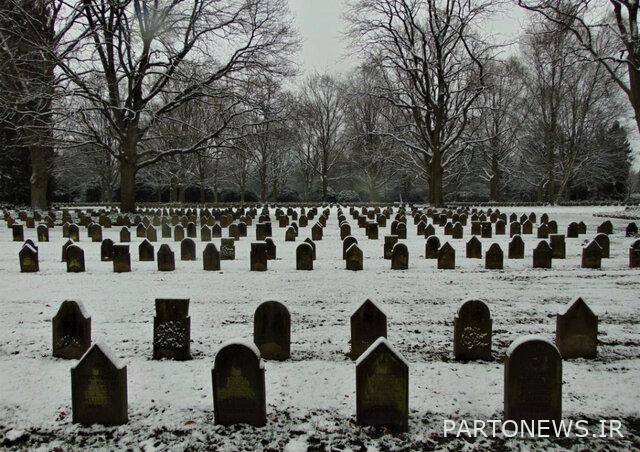
Dark tourism is a type of tourism that has received increasing attention in recent years, and the broadcast of serials and movies such as Chernobyl and the Dark Tourist, has promoted the concept of dark tourism among the people and has motivated travel to these areas. It refers to the place where some of the darkest events in human history took place, which could include genocide, assassination, imprisonment, ethnic cleansing, war, natural disaster, or accident.
Dark tourism is also known as black tourism or sad tourism and is a type of tourism that is associated with death or tragedy.
Popular tourist attractions include Auschwitz, Chernobyl, Zero Earth, 9/11, and Hiroshima. Lesser-known dark tourist attractions may also include cemeteries, zombie-themed events, or historical museums.
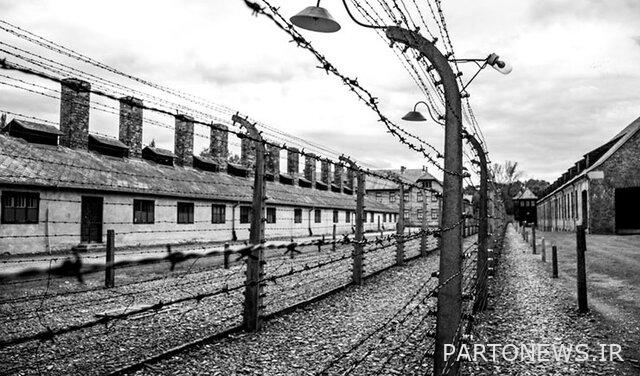
This type of tourism attracted the attention of universities and academics in the early 1990s, and this event has recently attracted the attention of the media and the general public to dark tourism.
For many people, watching and encountering places of tragedy is fascinating and affects their emotions. For some tourists, familiarity with the history and culture of the past is very important in this type of tourism, therefore, sometimes encountering these tourist places will lead to reflection on history.
Dark tourism is closely related to educational tourism. Dark tourism education is considered as the dominant or main motivation for many tourists. Of course, dark tourism may not be a pleasant experience, but many people consider it educational and enjoy it. Therefore, the motivation and purpose of tourists in dark tourism is different and they may turn to this type of tourism due to new and different experiences.
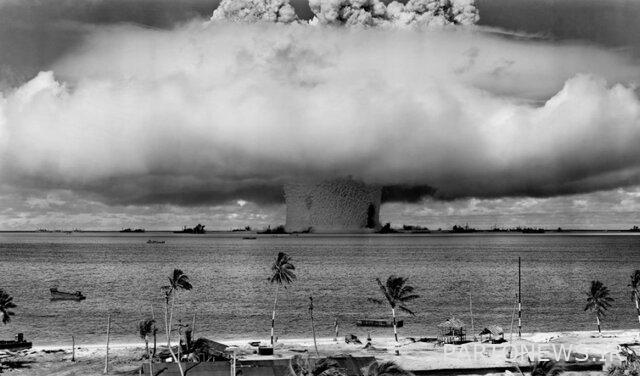
It should be noted that the popularity of this field has reached the point where authors take the time to write books in this field and share their information with others in this field.
There are many types of dark tourism, including dark entertainment factories, dark fairs, dark dungeons, dark resting places, dark shrines, dark conflict sites, dark genocide camps, and dark disasters.
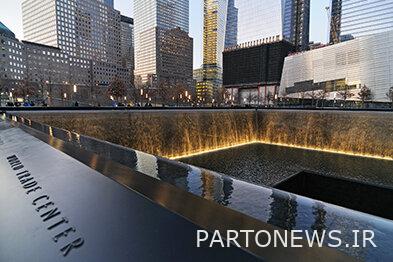
The practice of dark tourism is somewhat controversial, with some calling it an act of respect and others an immoral act. Therefore, considering the concept and subject of dark tourism, the question arises whether visiting places of death and tragedy is really moral?
Given the stated goals for this type of tourism, it does not seem immoral to visit dark tourist destinations for appropriate purposes, but it is important to follow some tips in dark tourism that should be avoided.
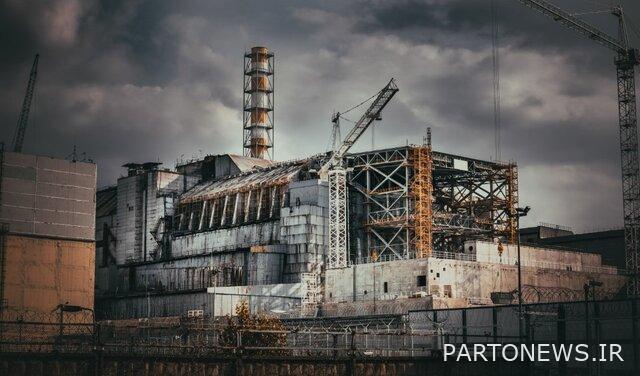
These include photographing people in moments of sadness, smiling and laughing around those who experience hardship, treating people as if they were a museum exhibit, making inappropriate remarks, wearing inappropriate clothing, using inappropriate language. He noted the commitment to natural disaster tourism for personal gain, to make money from the hardships of others, to speak out loud about irrelevant issues, and to show general signs of disrespect.

